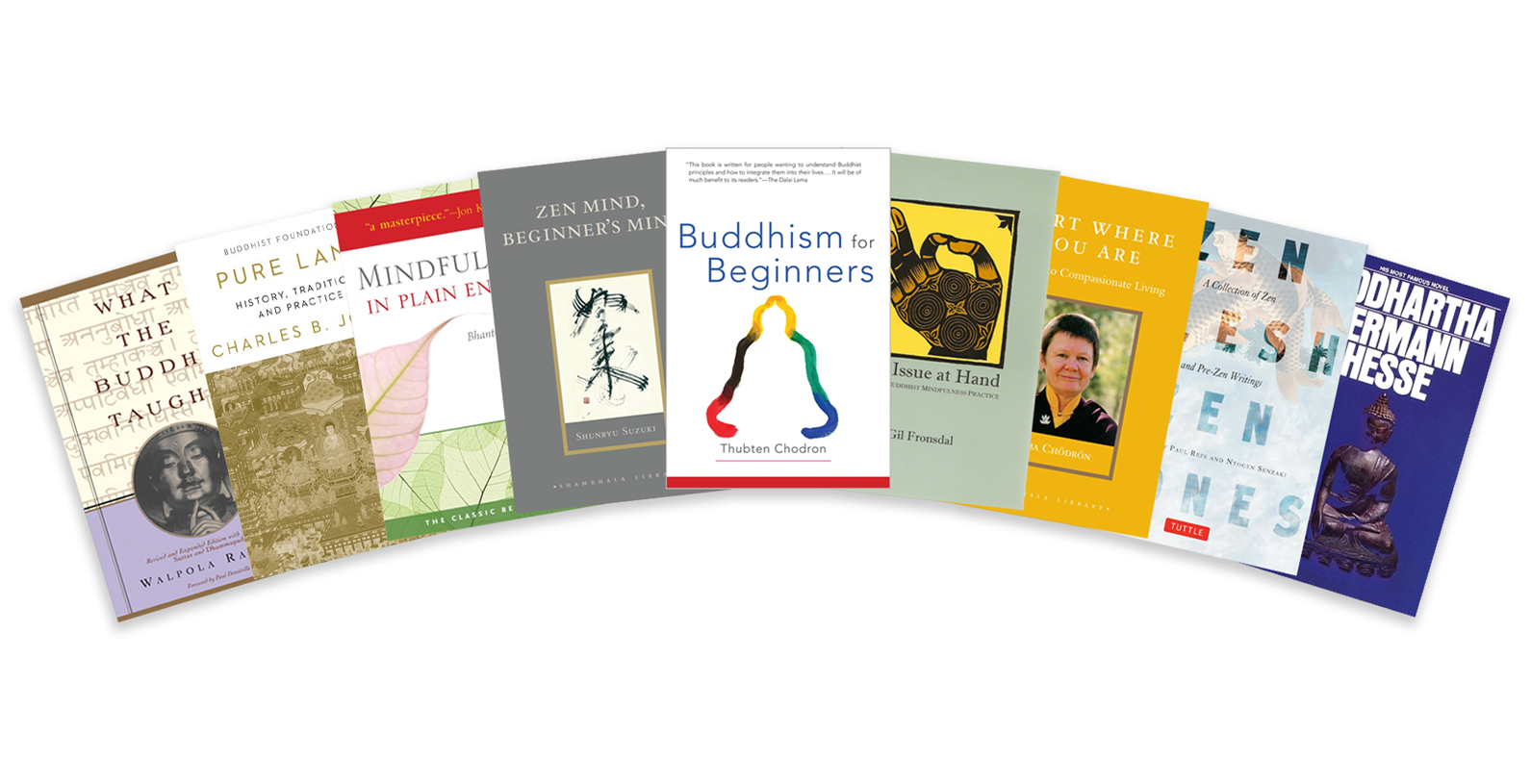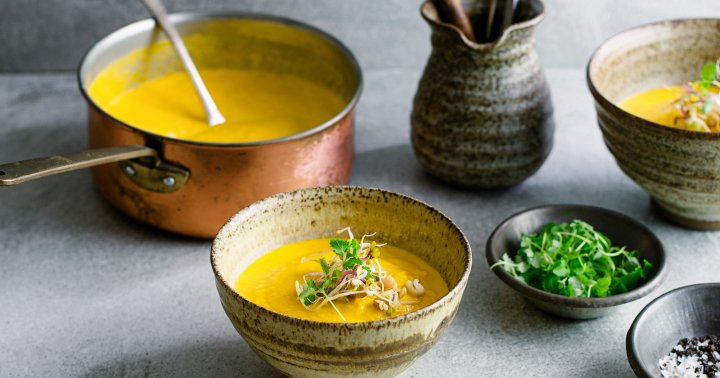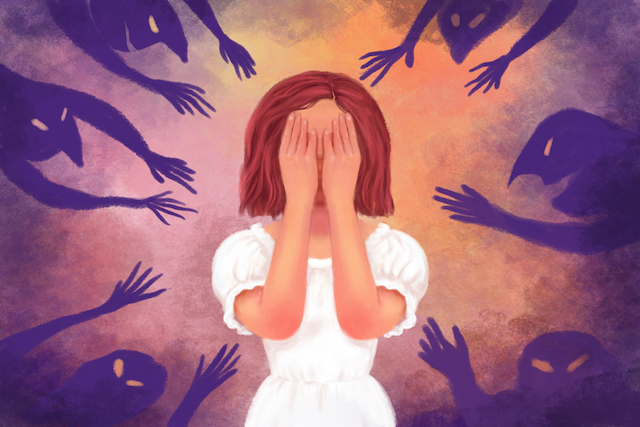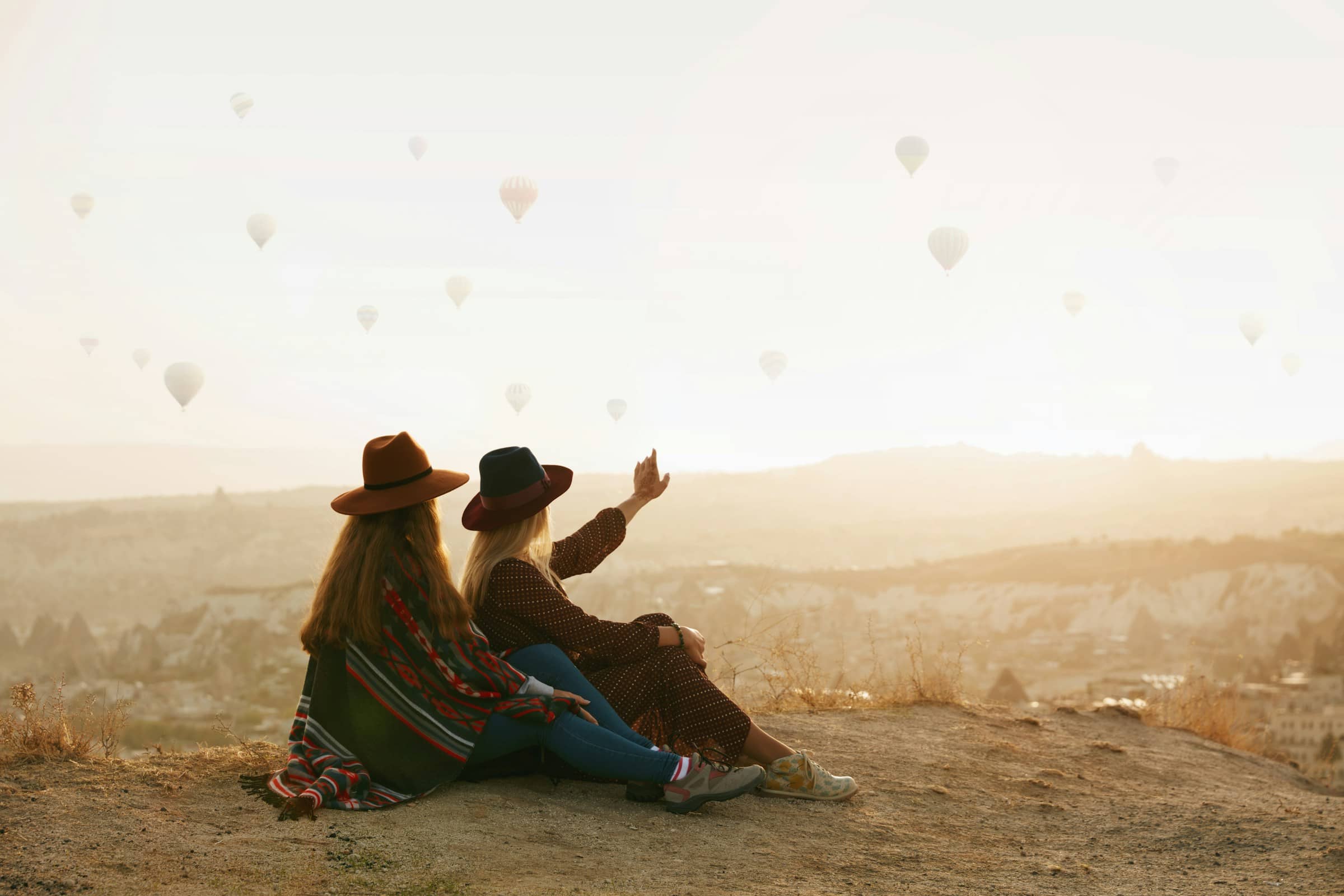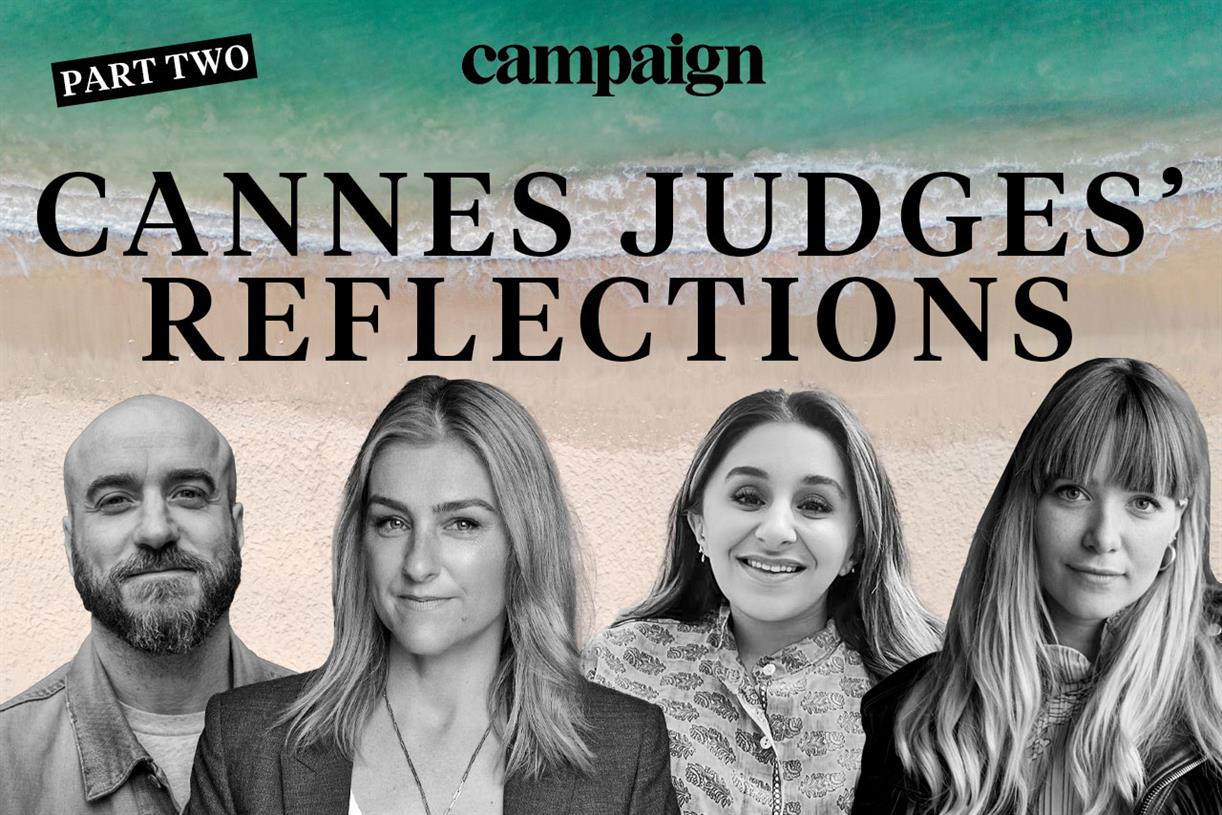‘Know Hatred Completely’
A Soto Zen priest reckons with the koan of racism and comes to view Buddhism as a practice of engaged liberation. The post ‘Know Hatred Completely’ appeared first on Tricycle: The Buddhist Review.
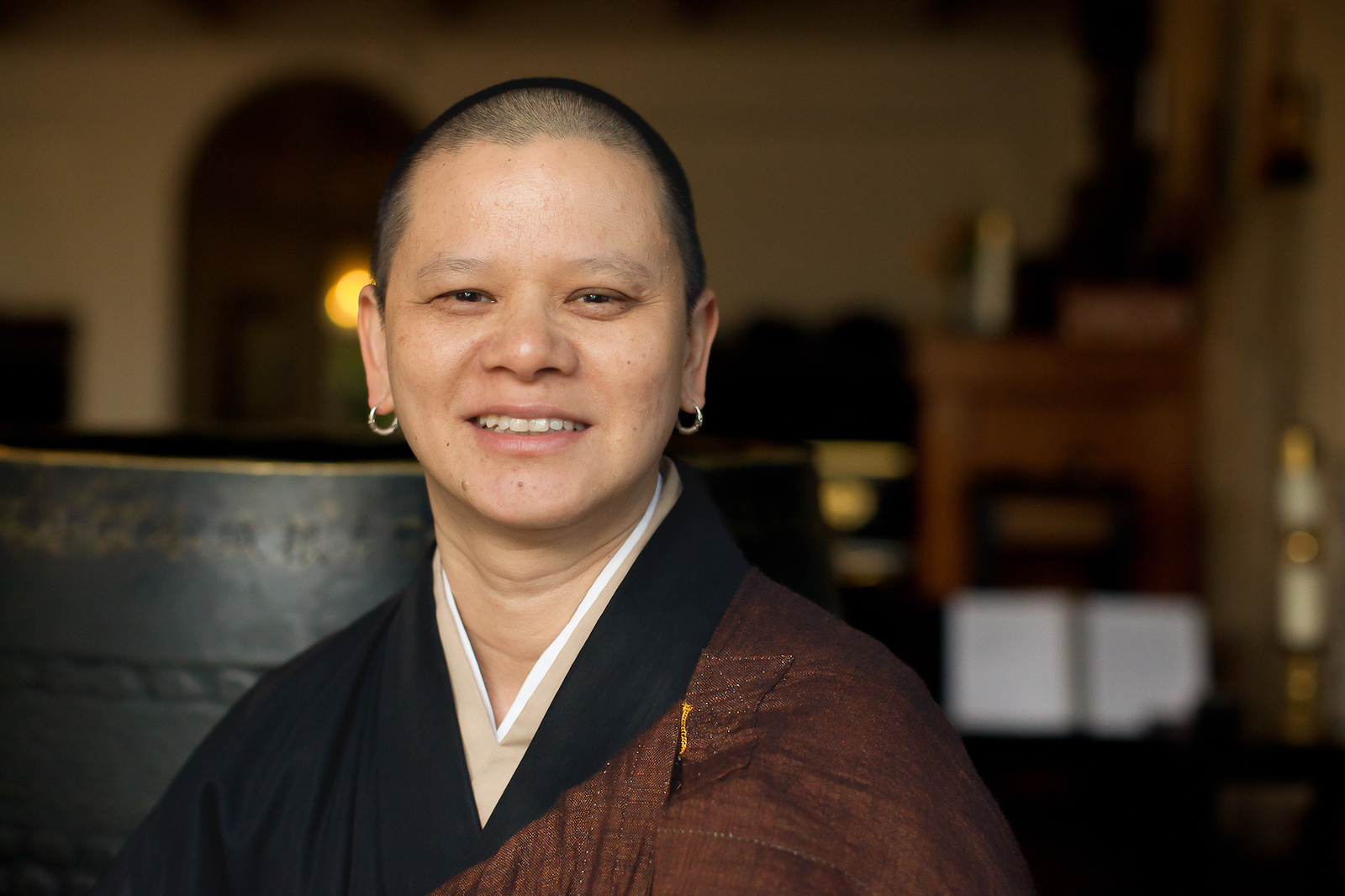
The ring of a bell signaled it was my turn for dokusan, an interview to discuss my practice with the Soto Zen Master at this five-hundred-year-old training monastery in Japan.
I picked up a small mallet and struck the cast iron bell in front of me: one time, letting it ring, then a second time. I rose and hurried down a long hall of tatami mats, the woven straw flooring in traditional Japanese living spaces, passing through the Ihai-do, a narrow room lined on both sides with rows of individual altars for deceased sangha community members. They silently witnessed the swish of cloth as my long black priest robe rubbed back and forth around my ankles with each quick step.
At the end of the hall, three steps rose up. I stopped at the bottom and performed a short gassho, bowing with palms touching and elbows out. Then in one swift motion, I grabbed the end of my zagu, or priest bowing cloth, laid it down on the tatami, and folded it into a square. I dropped down and started my full prostrations as quickly as possible—body crouched in child’s pose, both hands outstretched and palms placed up on the floor, then, with symmetrical precision, hands raised past the ears and down again before rising to stand. I did this three times quickly, as is the custom, after which I refolded and slid the zagu back over my left wrist. One more quick gassho and then I headed up those three stairs to my dokusan with Sekkei Harada Roshi, the Abbot of Hosshinji monastery in Obama, Japan. I entered the room ready to ask the central question of my life.
I had come to Japan after leaving the predominantly white convert Soto Zen Buddhist monastery in central California where I had thought I would spend the rest of my life. When I had asked to be ordained after more than eight years of meditative Buddhist practice, I had felt a deep calling to live as a Buddhist monastic. But this did not come to be. I left the California monastery after three and a half years there, heartbroken and confused about the racism I had experienced on both a personal and structural level. The persistent white supremacy culture of the monastery made it unsafe and did not support me as a Vietnamese American practitioner. This was true for many other people of color staying there as well. The experience was a huge shock to my understanding of Buddhism, Buddhist practice, and my sense of place in the world.
As I made plans to leave that California monastery and figure out how to practice as a newly ordained priest, I was contacted by someone who studied under Sekkei Harada Roshi in Japan. They urged me to study with him as he was acknowledged as an enlightened Zen Master. I had only practiced Soto Zen in predominantly white convert settings in the United States, and I felt drawn to practice in Japan, the birthplace of this sect of Buddhism.
I had been at Hosshinji for three weeks, trying to process my despair from having to leave California due to the racism at my home monastery. Entering the room for dokusan with Sekkei Harada Roshi, I barely sat down before blurting out the quintessential question of my existence up to that moment. “Why does hatred seem to follow me wherever I go?” I asked.
Sekkei Harada didn’t hesitate. “Know hatred completely,” he answered. Then he grabbed the handbell to his right and rang it vigorously, signaling the end to my interview.
I scrambled out of the room, doing the prostrations and bows in reverse order.
My mind raced to make meaning of what had just happened.
Nothing came.
My mind had stopped.
A koan in Zen practice is a story assigned by a teacher for you to work with. Various traditions have different ways of practicing with koans, but giving an answer to the teacher as part of the process is a commonality across sects. How the teacher accepts or rejects the answer is part of the mythology of this practice. A well-known koan is, “At this very moment, what is your original face before your parents were born?”
Many people think koans are paradoxes, but really they’re stories to stop your mind, to bump it off its loop of incessant and well-worn patterns of thinking, planning, and processing. Koans open us to an understanding that’s beyond habitual thinking.
Life also gives us koans.
For me, racism has been a koan I’ve turned over and over. Studying race theory was one of my answers to this koan. Other answers from my life have included activism and various jobs as a social worker focused on addressing the harmful results of racism.
All of these were good answers.
In Zen, we like to say, “The question is more important than the answer.” Why? Because questions often come up at uncomfortable moments. Deep questions arise when we’re faced with circumstances in which our coping mechanisms aren’t working anymore. At such moments, transformational change is possible if we stay open to all answers, especially unexpected ones.
The system of white supremacy centers whiteness while juxtaposing people of color as “other,” fragmenting us all into the delusion of separateness. Aware of this dynamic and its harm to people of color, I had to be careful to not simply search outside myself for answers. Like many Asian Americans and other people of color, at some point I had to learn to value myself, reclaiming the validity of my own experience in any moment and in any condition. Buddhist practice over many years has supported me to return to knowing and trusting my wholeness.
“Know hatred completely.” That moment with Roshi stopped my mind from its habitual looping to try to “understand” racism. All my intellectual theories and years of antiracist work didn’t address my suffering in a useful way at this crucial point of my life. That moment stopped my frantic search to find some reason why hatred kept following me. What I needed was to attend to the hurt and harm from being the target of racism.
In Buddhism, we practice to be able to find settledness and clarity that’s not dependent on the conditions of the world. To find such settledness and clarity, we have to attend to our suffering in body, heart, and mind. The koan of racism was not just something that I wanted to understand. What I really want, even now, is to heal from the hurt and pain I’ve carried.
In both activist and Buddhist practice realms, I felt that I had to choose between a rock and a hard place. For example, in feminist spaces, white women were most often touted as leaders, negating the many ways women of color brought groundbreaking exploration and transformation to gender oppression. Or in racial justice groups, male-identified BIPOCs often take up the most space, including leadership ones. Or, in many of the convert-based meditation groups I’ve taught at, I am thought to be “too religious,” especially as Buddhism-based practices have been appropriated into secularized popular “mindfulness” apps and health and self-care industries.
Similarly, I noticed that in predominantly white convert Buddhist centers, people of color were often told that race was not part of practice because “there’s no self.” When I tried to address racist incidents, I was told that this was to reify “a false sense of self.” If antiracism work was acknowledged by white leaders, then it was “just a relative stepping stone” on the way to an “absolute.” By default, given the predominantly white and mostly male teachers within convert Buddhism in North America, this “absolute” felt patriarchal, white-defined, and white-centered.
I needed a way to practice that started from the premise that there is racism in the world and that there are intense manifestations of it in the United States of America. Racism impacts us on the cushion, in meditation halls, in practice communities, in our places of work, in conversations with friends, at the doctor’s office, and everywhere we go. This is true whether we are people of color or white-identified. I needed a way to practice Buddhism that moved from only an individual focus to one that recognized the power and privilege embedded in our structures and systems and how we are impacted by them in different ways. In doing so, I hoped to discover how to heal from systemic hurts and harms.
The day after that mind-stopping meeting in Japan, Sekkei Harada Roshi offered me another chance for a dokusan interview. I rang the bell, did my bows, and went into the practice discussion room, ready to share my insights about how his answer had affected me. Before I could open my mouth, Roshi launched into a lengthy story of Shakyamuni Buddha’s life and enlightenment along with the histories of other early Buddhist ancestors. Then, once again, he rang me out of the room.
We never spoke about my question again.
This event impacted me deeply, and I continued to turn it over for many years afterward. When I remember my dokusans with Sekkei Harada Roshi, this last part has always puzzled me. I often wondered, What was his point about it all? In writing this now, I have an understanding of what he was teaching me. The Buddha and ancestors were searching for the same things as you and me: an end to suffering.
I think Roshi was saying that there can’t be spiritual bypass. He realized—and after that initial exchange I, too, realized—that I was looking for a way to explain away the hurt and pain by wanting to discuss it. Discussion isn’t wrong. Theory isn’t wrong. Activism isn’t wrong. But we can’t use these things for spiritual bypass. We can’t use Buddhist practice, or any methods such as race theory or activism, as a way to skip over the human condition inherent in the first noble truth—experiencing the hurts and pains of our lives. Trying to get away from them via any method is to try and skip over, or bypass, fully experiencing our life as it is. Our practice is to get closer and closer to “know it completely” because, in doing so, we can actually then have more clarity on how we can heal. In Pali, the first recorded language of Buddhism, the term yoniso manasikara is usually translated as “wise attention.” It can also be translated as “attention that takes the whole into account.” This is what Sekkei Harada Roshi was pointing me toward: the practice of investigating dukkha (suffering), which sees it in context, in totality, and not just the hurt and pain of the moment.
Then, the rest of the four noble truths offer us descriptions and practices for how to connect or reconnect to the wholeness of life—that our existence is seen, relevant, healable, and valued—when we remember and access the contexts that validate us and support us to thrive. Additionally, we need to remember that all beings want the same thing: to be free from suffering and the causes of suffering. This is what connects us all.
Denying that systems of oppression exist is to deny reality as it is. Learning to negotiate these systems with self- and collective-determined agency is the practice of engaged liberation. In practicing collective liberation, this is what I wish for us: that we may come home to a sense of wholeness grounded in what is safe and of value to all. May we then aspire to spread that out, to work together to strengthen safety and care for each other. This is the work, and the liberation, of understanding, practicing, and developing the four noble truths.
⧫
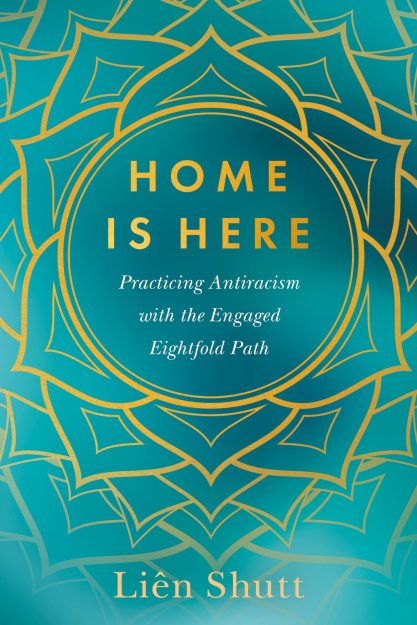
From Home Is Here: Practicing Antiracism with the Engaged Eightfold Path by Rev. Liên Shutt, published by North Atlantic Books, copyright © 2023 by Rev. Liên Shutt. Reprinted by permission of North Atlantic Books.

 UsenB
UsenB 








